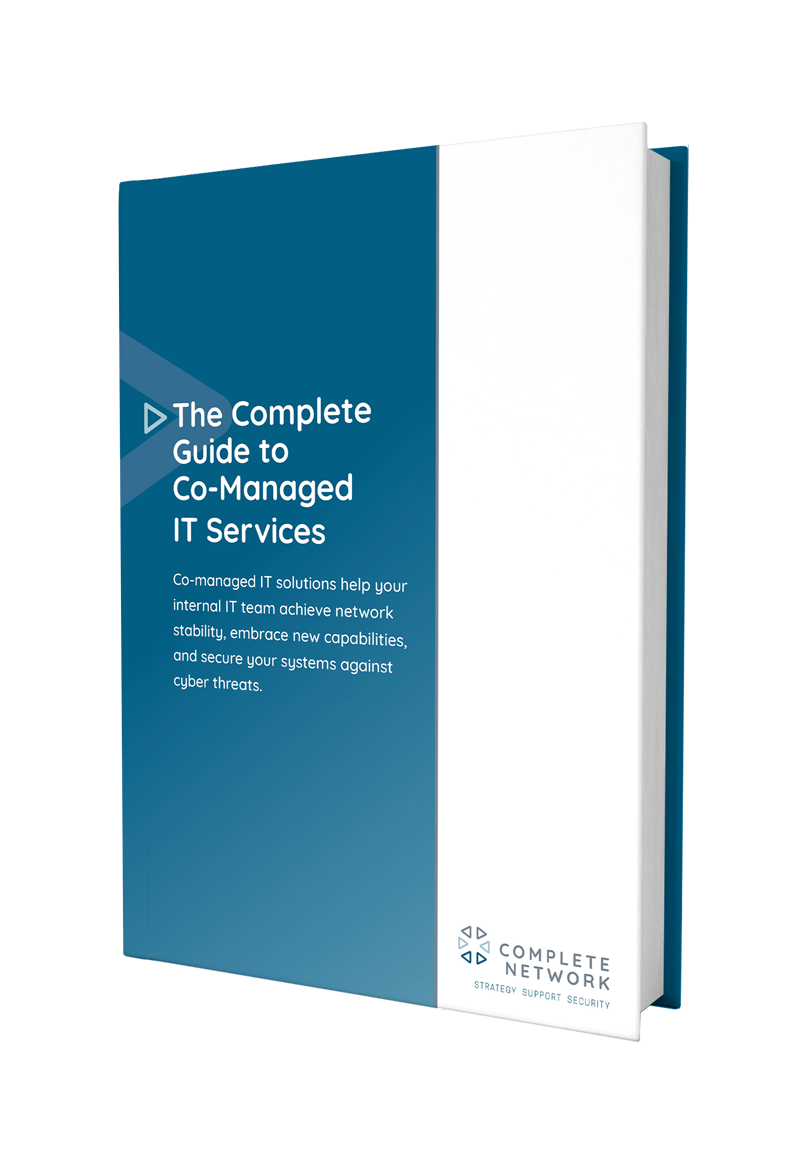The “we call the IT guy when we need him” model of IT support is a thing of the past. IT companies that work in, what is referred to as the break/fix model, tend to approach networking issues in a reactive way, putting your company at a greater risk of lost files and down time.
Managed Service Providers (MSP’s) are invested in your system running well and providing the best end user experience possible through proactive monitoring and ongoing monthly support. In most cases, because of their proactive approach, they are able to find and fix issues before it even effects your business.
Companies that handle their own IT needs can also benefit from a Managed Service Provider. IT Departments are often so busy keeping the current technology running that it’s tough to find time that builds personal brands and adds significant value to the business. Research has shown that the majority of IT budgets are allocated for activities that keep the infrastructure running and is less concerned with efficiency and improvements.
So how does a company with an Internal IT department get back to improving and gaining advantages over competitors versus just maintaining? You do that by understanding which systems absolutely must be managed within the organization and which can be managed through alternative means: co-managing the systems, putting them in the cloud or hiring an MSP. This hybrid model allows both internal and external resources to be used more strategically and effectively.
In any working arrangement, the top MSP’s should act as an extension of your own organization. It may have a similar culture to yours and be willing to adapt its ways of working to yours. You will maintain control over policies and service levels, although the MSP will normally advise you about them based on its broad experience working with multiple organizations.
Here are some considerations that can help you determine which option is best for your situation.
It may take some time and effort up front, but making this determination will ultimately help you use your resources more effectively. It’s crucial to talk with a Managed Service Provider to see how they can add value to your business.
In an ideal world, technology would be a consistent source of competitive advantage and benefit for small and midsized businesses. The reality is that many fail to realize that confidence.
Without the right resources and support, even a highly skilled technology team can become overwhelmed by the growing list of technology management duties. When important tasks get neglected, it creates ripple effects throughout an organization that damage productivity and efficiency.
The co-managed IT services model solves these problems by providing your existing IT team with all the support and resources they need to successfully plan, manage, and defend your network technology.
This guide covers:
Download it for free by filling out the form here.
